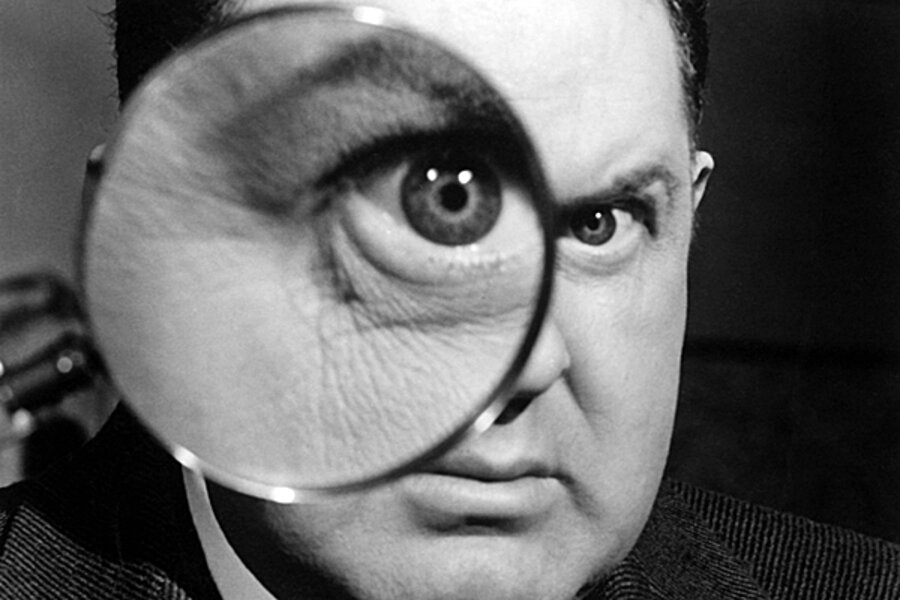Russian spies: Top 5 old-school espionage technologies that still work
Loading...
While the alleged Russian spies arrested by the FBI earlier this week employed some technologically advanced spying techniques, much of their tradecraft had a distinctively old school feel to it. However, that’s the norm in the world of international spying, experts say, where any successful trick will stay in use until it stops working.
In particular, five technologies that date back decades remain common in the world of cloak and dagger. Used by CIA, the suspected Russian infiltrators and every spook in between, these technologies have stood the tests of time and counterintelligence.
“Newer is not always better,” said Mark Stout, the historian for the International Spy Museum and a 13-year intelligence veteran at both the State Department and the CIA. “High tech may be better than low tech in some situations, but in others it may be grossly inappropriate.”
IN PICTURES: Top notorious spies
1. Invisible Ink
In its criminal complaint against the suspected Russian sleeper agents, the FBI alleges that the spies used invisible ink to conceal secret communications from prying eyes. While this sounds like a children’s trick, it has been a standard instrument in the spying toolkit for almost 90 years.
“The oldest information that the US government still considers classified dates from the World War I era. It's a recipe for invisible ink, and the reason it's still classified is because someone still uses it,” Stout told Tech News Daily.
2. Shortwave Radio
Also utilized by the Russian spying suspects, shortwave radio is similar to ham radio, and thus can transmit data as well as speech. Like invisible ink, shortwave radio use by spies predates the Cold War.
“What you find is that general concepts of types of communications devices from the 50s, 60s, and 70s are still used,” Stout said. “But they've undergone the same transformation everything has since then. Where there used to be tubes, now there's chips.”
3. Burst Transmissions
Burst transmissions are a subset of radio transmissions, where the entire message is sped up to the point where listeners can no longer recognize it as human speech. Additionally, at the faster speed, those transmitting the message get off the air so fast that anyone listening to them can’t fix their position.
While the alleged Russian spies arrested by the FBI earlier this week employed some technologically advanced spying techniques, much of their tradecraft had a distinctively old school feel to it. However, that’s the norm in the world of international spying, experts say, where any successful trick will stay in use until it stops working.
In particular, five technologies that date back decades remain common in the world of cloak and dagger. Used by CIA, the suspected Russian infiltrators and every spook in between, these technologies have stood the tests of time and counterintelligence.
Once the intended target receives the message, they can slow it down and listen to it at normal speed.
“This is a great technique, because it gives you the advantages of radio, but you're not on long enough for location finding,” Stout said. “Rudimentary versions of that were used as early as World War I by the Germans.”
4. Number Stations
This technique originated during World War II, and involves the broadcast of seemingly meaningless number sequences over conventional radio. During World War II, the BBC would broadcast these numbers to French Resistance fighters to signal a coming invasion, or specific sabotage orders.
In 2006, Carlos and Elsa Alvarez were arrested for spying on the U.S. for Cuba. They received their orders via number station, Stout said.
5. Transposition Ciphers
Dating back to World War II, transposition ciphers are codes that systematically scramble the order of letters in a message. For instance, “hello there” transposed might look like “eereltlhho”. These codes, and the technology needed to break them, has remained classified since World War Two, Stout said.





